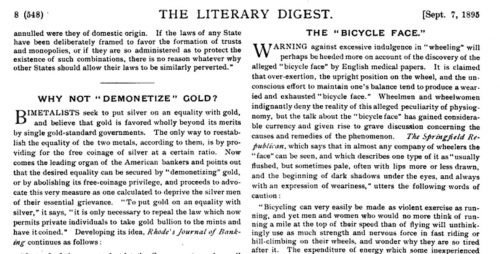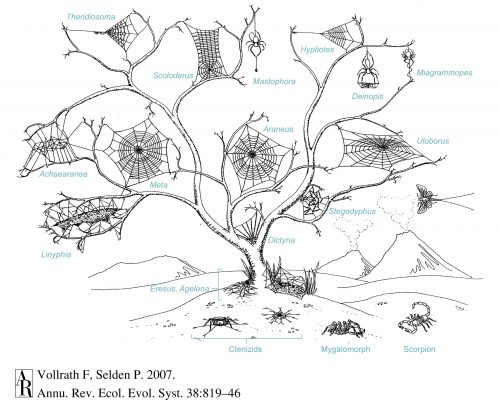It belongs to a billionaire white woman who answers every question with a polite evasion and a little smile, while cutting aid to handicapped children and undercutting public school education.
She’s not ugly on the outside. But her brain is a festering corrupt mass of greed and privilege.
Sorry. I should have put the picture below the fold. Which is worse, Betsy DeVos or closeups of spiders? I know I have a clear preference.







